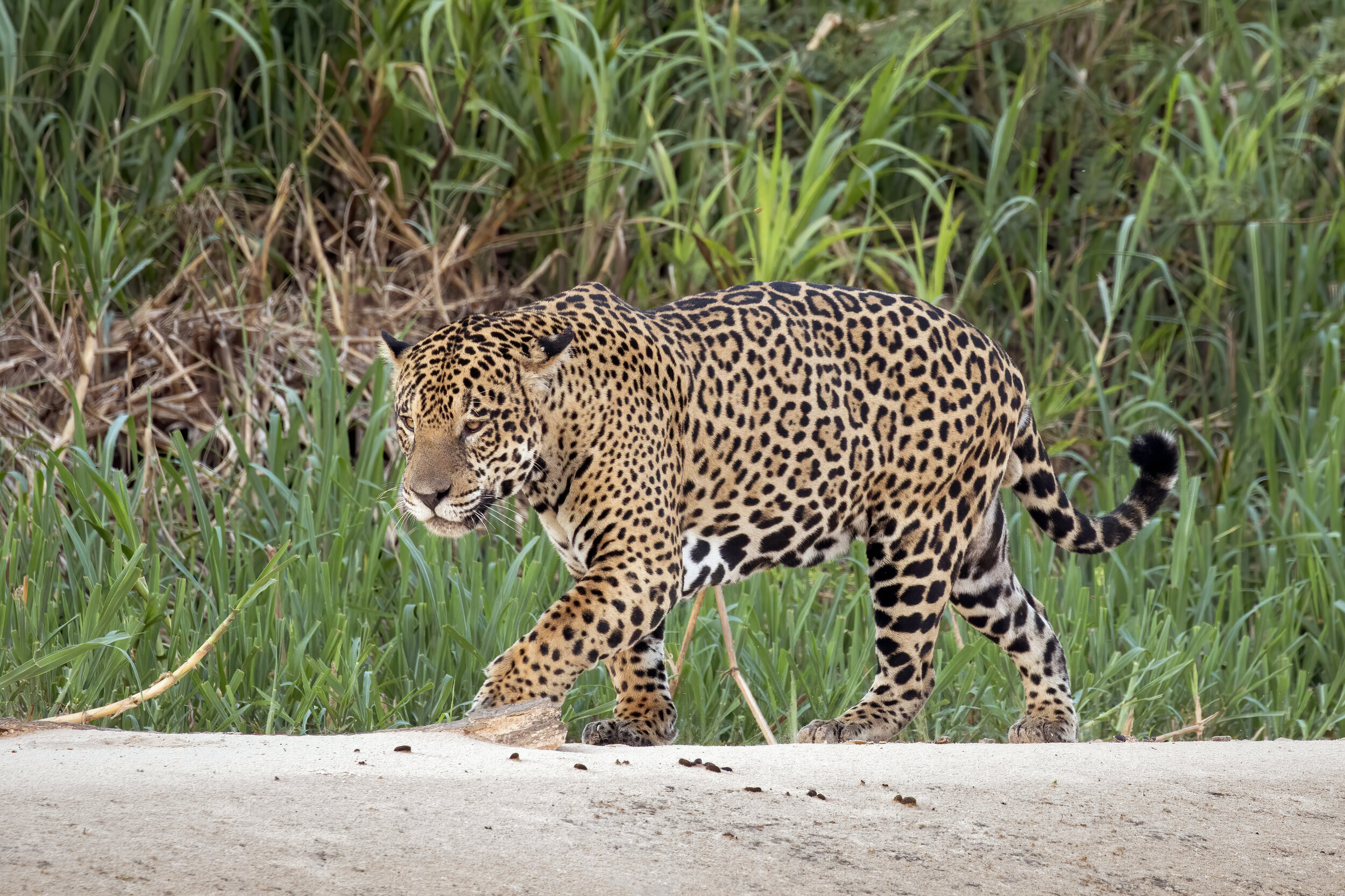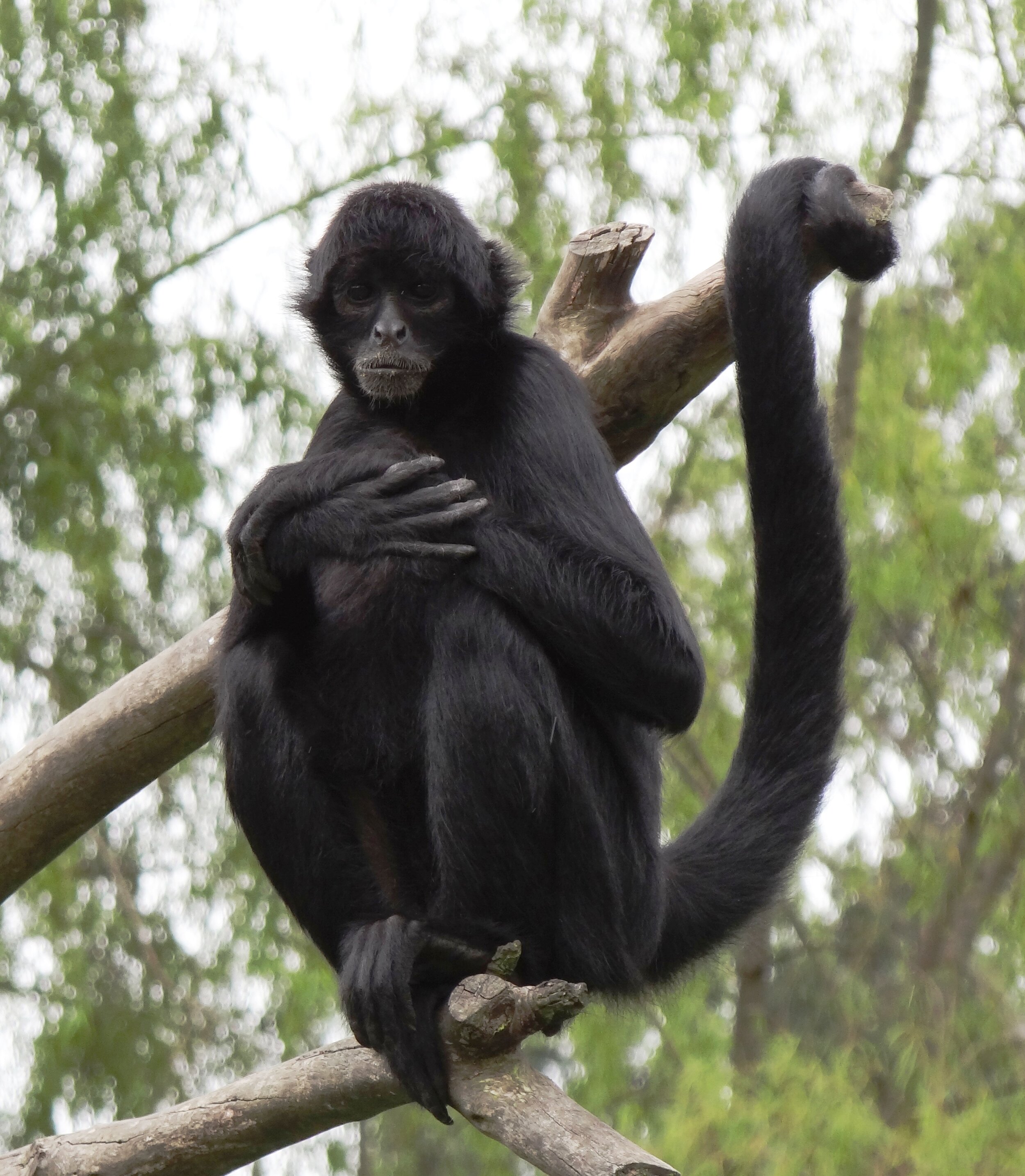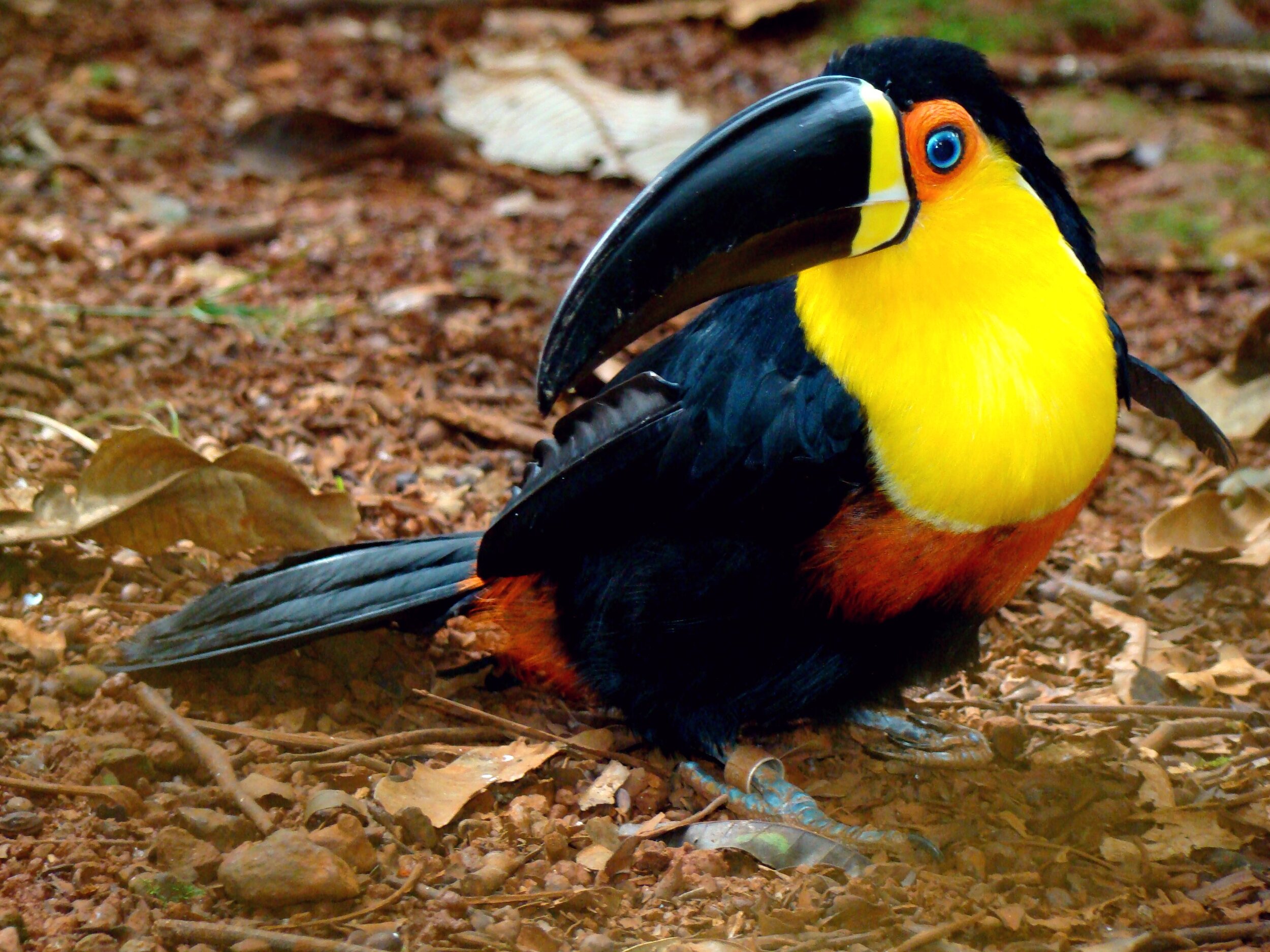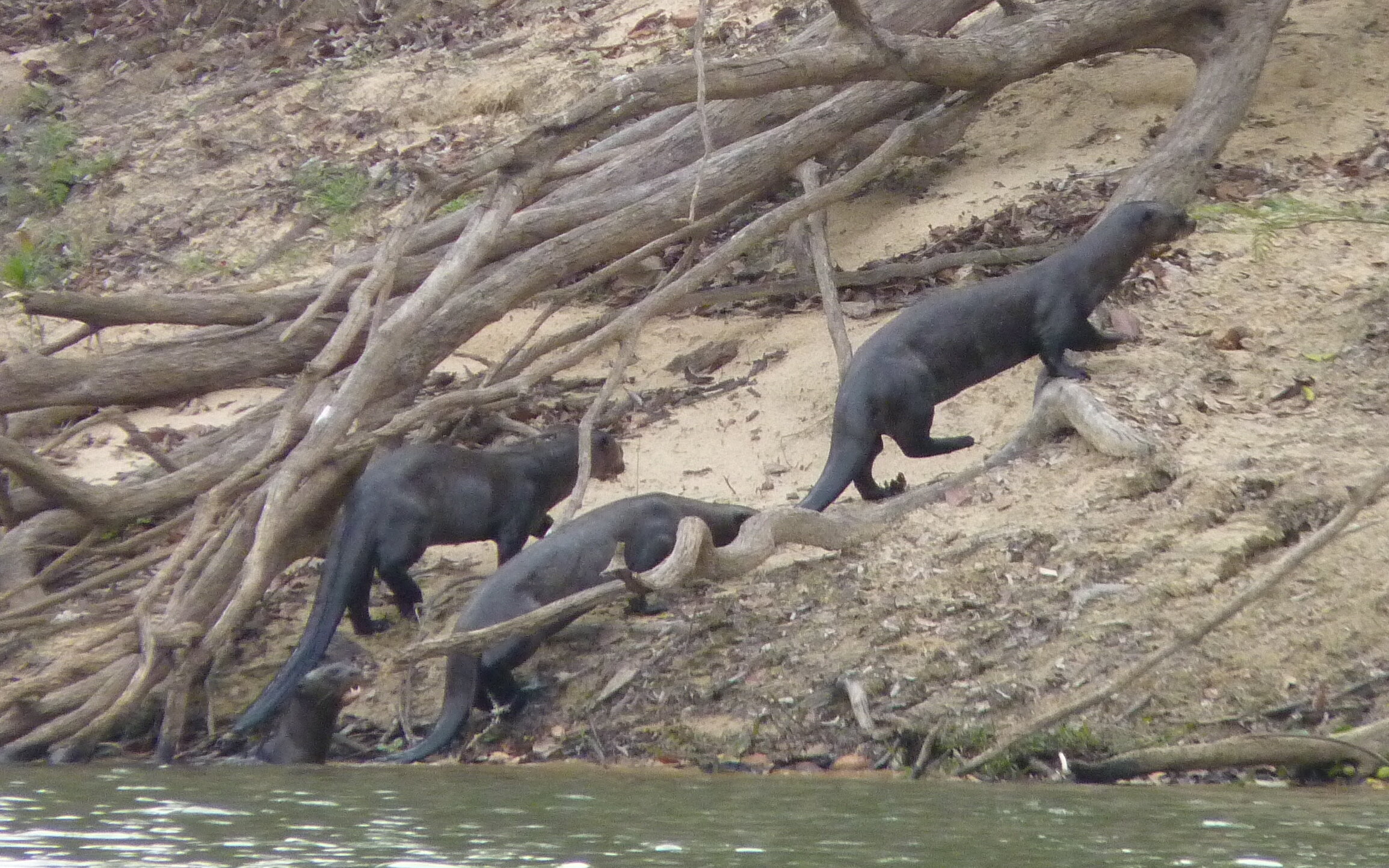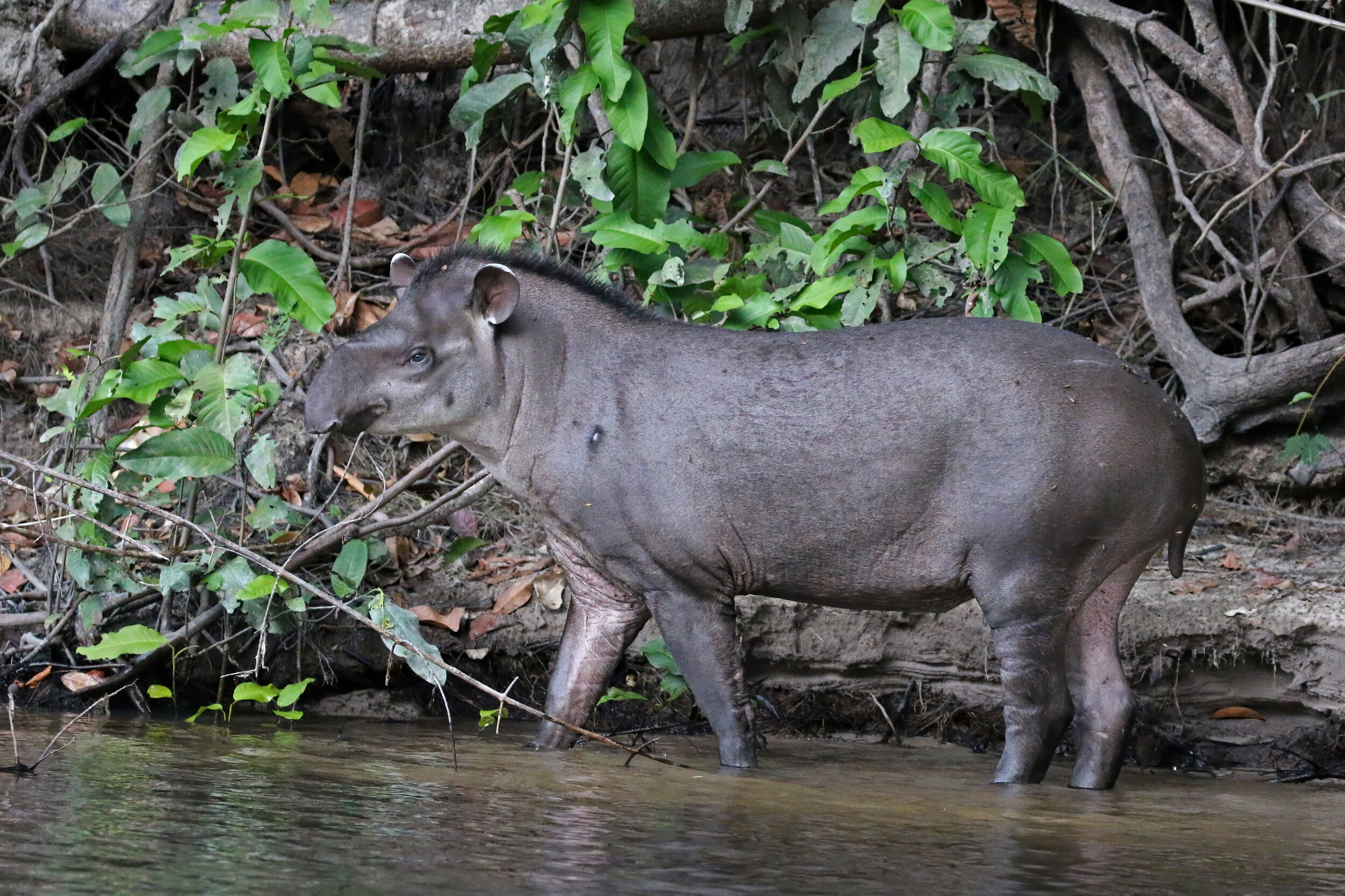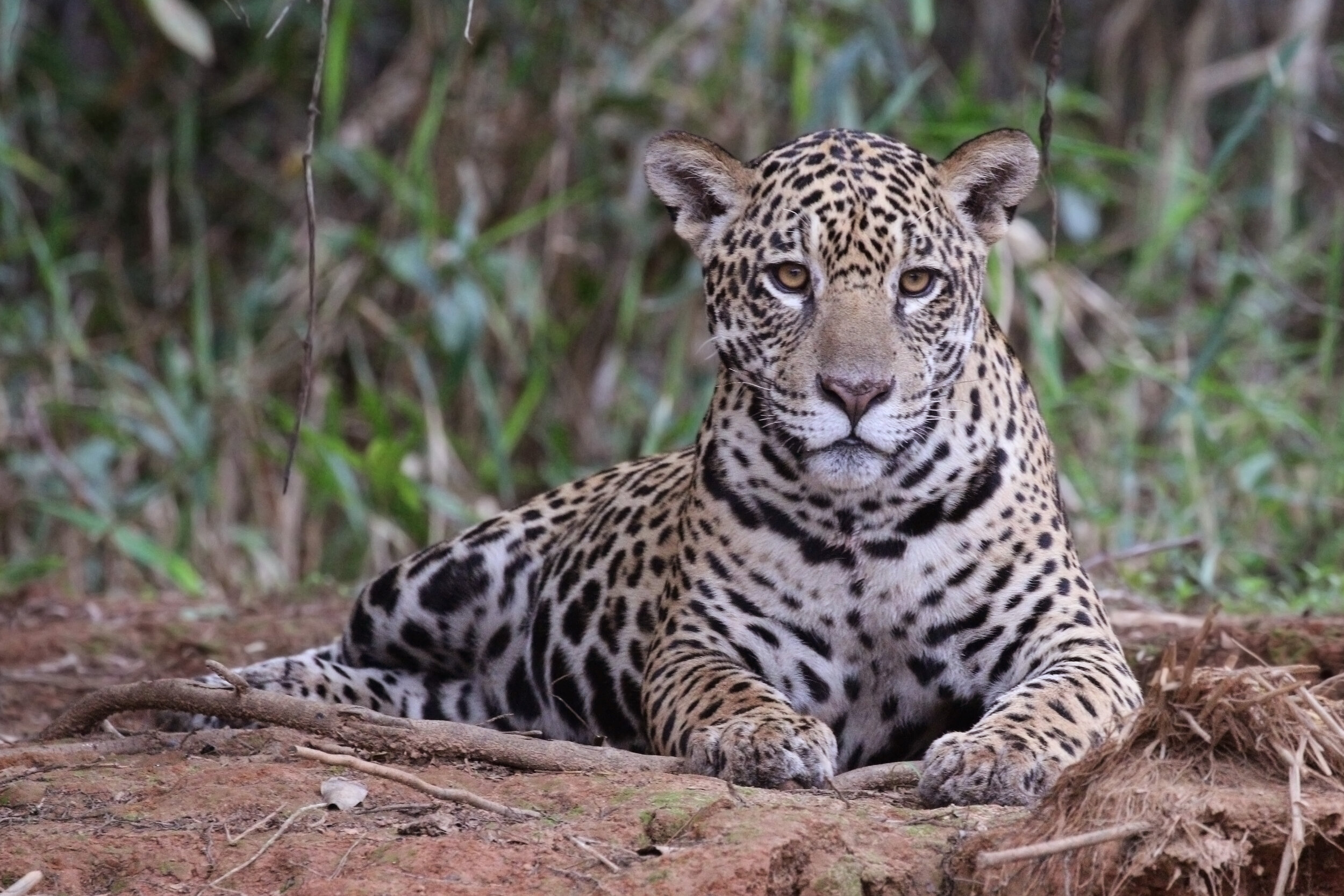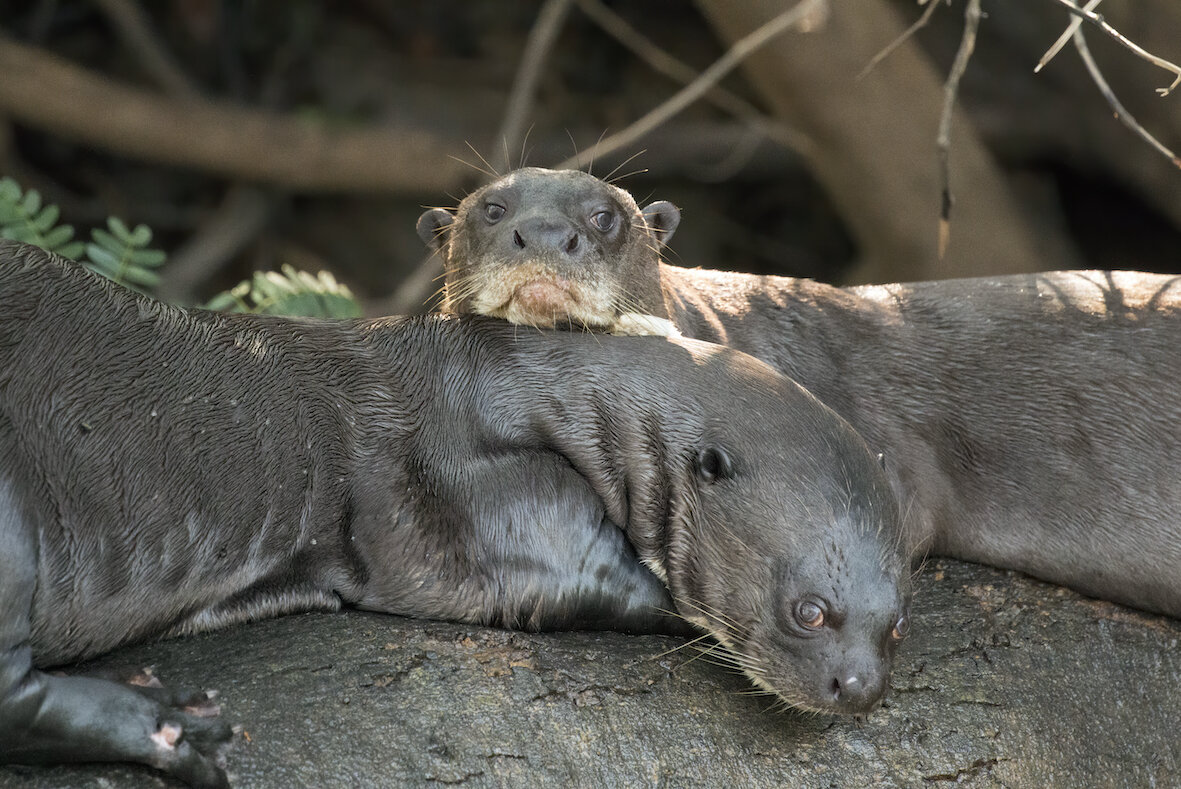MANITI promise forest
Maniti forest presents an opportunity to support an example of potential palm-oil-driven forest clearance avoided!
10,000 hectares of pristine Amazon rainforest was slated for clearance when Grupo Palmas, a palm oil and cocoa grower and processor, first purchased the concession rights to the land in 2014. Then, in 2016, Grupo Palmas decided not to pursue development of oil palm on the Maniti project site, in support of and alignment with their new No Deforestation Policy. Grupo Palmas is now conserving over 15,000 hectares of forest, for which they are seeking co-funding through FCF for about 8,850 hectares.
The forest sits along the Maniti river in Peru, a tributary to the Amazon river. There are 13 communities near the Maniti property, all settlers (or colonos in Spanish) that moved to the area from other parts of Amazonas and the Andes from the early 1900s and onwards. The goals of the project are to conserve, manage and monitor the forest and develop sustainable livelihoods activities. The activities will provide jobs and income to local communities who had been promised the economic benefits of palm development.
Grantee team
Grupo Palmas is the permanent owner of the property and as such, they will be the lead grantee and will set up a consultative committee with communities of the Maniti river watershed (over 405 families and 1837 people). These communities are important stakeholders; relying on the forest and the river for much of their livelihoods. For example, fishing in the river and seasonal oxbow lakes, hunting and the harvesting of aguaje, shapaja and chonta (all palm fruits) are all important sources of income and nutrition.
Communities have several expectations for the area including the creation of employment, support with sustainable agriculture projects and improvements to education, sanitation and health services. As such, the consultative committee will establish the conservation plan and community development vision for the reserve and co-design income-generating activities to replace the jobs community members would have had in the oil palm plantation. Grupo Palmas are also putting together a consultative committee made up of local government, local communities, public institutions (e.g. school, universities- NGOs and enterprises) to advise on the management of the reserve and project.
FCF works only with Grupo Palmas and not any of its parent or sister companies.
Biodiversity and conservation values
A High Conservation Value inventory of Maniti forest has confirmed the presence of Endangered species including Black-faced spider monkey (Ateles chamek) and Giant otter (Pteronura brasiliensis), multiple Vulnerable species including Giant armadillo (Priodontes maximus), Lowland tapir (Tapirus terrestris), Red-billed Toucan (Ramphastos tucanus) and the Channel-billed Toucan (Ramphastos vitellinus), as well as the charismatic keystone species, the jaguar (Panthera onca). The plant species of this forest are also highly diverse with a total of 350 different species. The absence of tree stumps indicates that this forest has likely never been significantly logged for timber.
Below are a few photos of some of these species, but note that most of these were not take in Maniti forest.
Threats
Prior to Grupo Palmas rolling out its No Deforestation Policy, Maniti forest was under threat from complete clearance for palm oil. However, without support, the future of the forest is far from secure; local communities are expectant of improved livelihoods and opportunities for development and the local government still needs to be convinced of the benefits of conserving the area.
Project Activities
Re-engage with communities to gain support for the reserve establishment and clarify and agree on all land use rights
Update stakeholder mapping, select social facilitation team and design consultation process
Formalise use of a small farming area by communities and secure their support to participate in start-up phase
Support communities to create their representation structure and processes for input and decision making related to the reserve
Co-design and implement income-generating projects with local communities to stimulate economic development in the absence of the oil palm plantation project
Business planning: co-design sustainable livelihoods program with local communities
Investments in alternative livelihood businesses
Collaborate with stakeholders on the development of the social engagement processes and the reserve management plan
Develop and finalise the first reserve management plan with communities
Train ranger team on SMART monitoring
Establish administration, staffing, contractors, offices and facilities to implement management plan
Establish frameworks and baselines for regularly monitoring social and environmental impacts
Identify current subsistence and future income generating activities by communities to establish baselines for future social impact measurements
Conduct environmental baseline studies and design indicators for environmental monitoring
Deep dive biodiversity monitoring (beyond SMART monitoring)
Annual social impact monitoring
QUICK STATS
Area: 8,851 ha
Carbon saved annually through avoided deforestation: 13 T CO2 equivalent/ha
Threatened Wildlife: Black-faced spider monkey, Giant otter, Jaguar and Giant armadillo
Grantee: Grupo Palmas (company)
Current funding: 70% of Maniti’s five year budget has been funded thanks to Johnson & Johnson
Commodities: Palm oil
Contact us to fund more of the Maniti Project!


